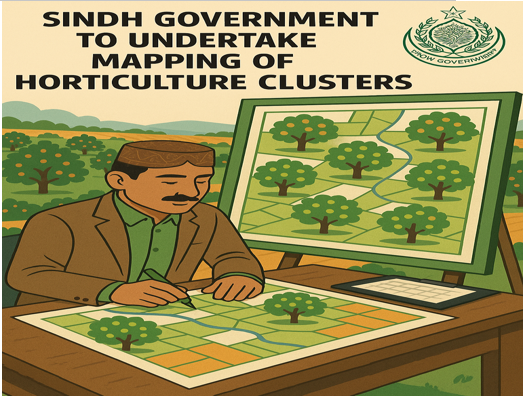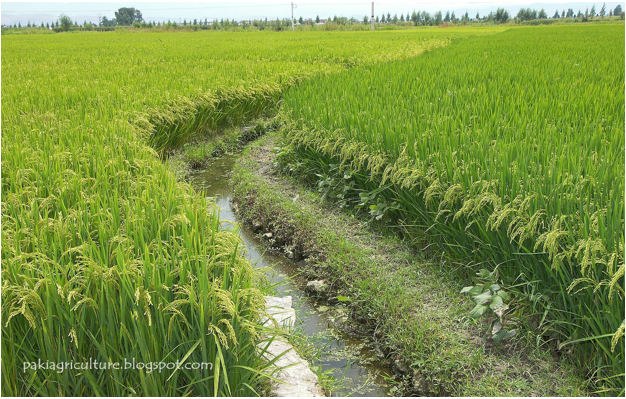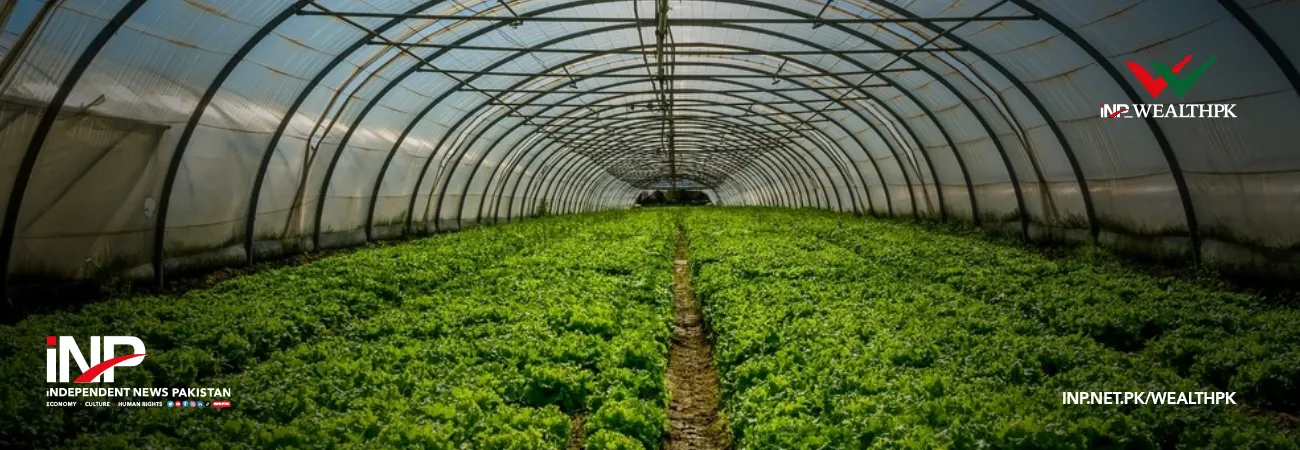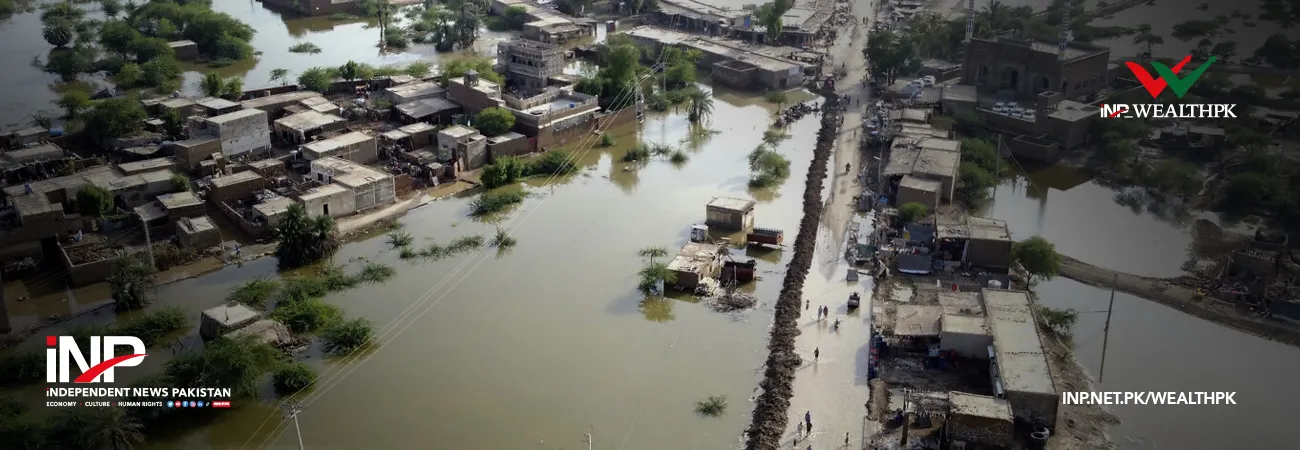INP-WealthPk
Ahmed Khan Malik
The Sindh government has developed a plan to undertake comprehensive mapping of horticulture clusters across the province to enhance agricultural produce for realising the sector’s export potential.

This strategic initiative aims to identify, document, and analyse key areas engaged in horticultural production, enabling targeted interventions that can uplift productivity, streamline supply chains, and boost the livelihoods of farming communities. Horticulture, which includes the cultivation of fruits, vegetables, flowers, and ornamental plants, is a high-value segment of agriculture.

Sindh, with its diverse agro-climatic conditions and fertile lands, holds immense potential in this sector. However, due to fragmented planning, outdated techniques, lack of market access, and inadequate infrastructure, many growers have not been able to fully capitalise on the commercial potential of horticulture.
To address these challenges, the Sindh Agriculture, Supply and Prices Department has initiated a plan to map horticulture clusters using a scientific and data-driven approach. "The mapping will involve geographic information system (GIS) technology, satellite imagery, and on-ground surveys to identify production hotspots, crop-specific zones, existing infrastructure, and post-harvest facilities," Asad Rind, the department’s additional director, informed WealthPK.
“The horticulture sector in Sindh is full of untapped potential. With accurate cluster mapping, we will be able to design crop-specific development plans, improve supply chain efficiency, and support farmers with technology and market linkages,” he said. Asad said that the mapping exercise is expected to focus on key districts such as Mirpurkhas, Tando Allahyar, Khairpur, Badin, Thatta, and Sanghar — areas already recognised for their cultivation of mangoes, bananas, dates, guavas, onions, and chillies.
“These districts have shown significant productivity, but often lack coordinated support in terms of logistics, storage, and value addition.” “By classifying areas based on crop types, climatic conditions, and farming practices, the government intends to build horticulture development zones. These zones will serve as hubs for infrastructure investments such as cold storage units, processing centres, packaging facilities, and farmer training institutes.
The clusters will also enable better coordination with export-oriented initiatives, helping ensure quality control, certification, and traceability — all vital for accessing international markets,” he explained. Asad said the project is being implemented in collaboration with research institutions, agri-tech firms, and development partners and local universities. “These partnerships will provide technical expertise in remote sensing, data collection, and analytics, ensuring that the mapping is not only accurate but also actionable.”
Dr Rubina Shah, an agricultural economist at the University of Sindh, said cluster mapping is an essential tool for modern agriculture. “It allows for efficient resource allocation, attracts investment, and ensures that government policies are aligned with ground realities. It’s a much-needed step for a province like Sindh, which has enormous agricultural potential but lags in systematic planning.” Beyond productivity, the mapping is expected to have a direct socioeconomic impact.
By identifying and developing horticulture clusters, smallholder farmers can gain better access to extension services, credit facilities, and high-yield seed varieties, she said, adding that in many areas, women are active participants in horticulture, especially in post-harvest handling and small-scale sales. “Targeted development of these clusters can also help empower rural women and generate off-farm employment.”
While challenges such as data gaps, land tenure complexities, and climate change risks persist, the cluster mapping initiative reflects the government’s commitment to transforming Sindh’s agriculture into a more resilient, profitable, and sustainable sector, Dr Rubina added.
Credit: INP-WealthPk













